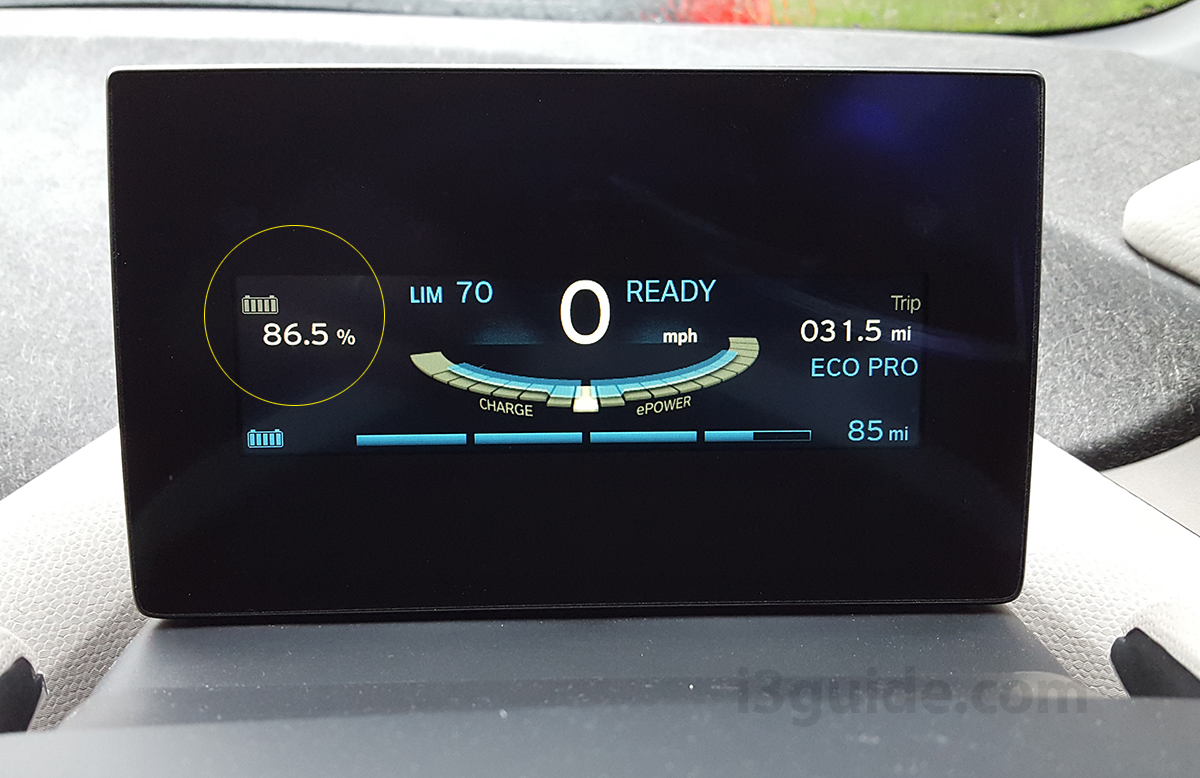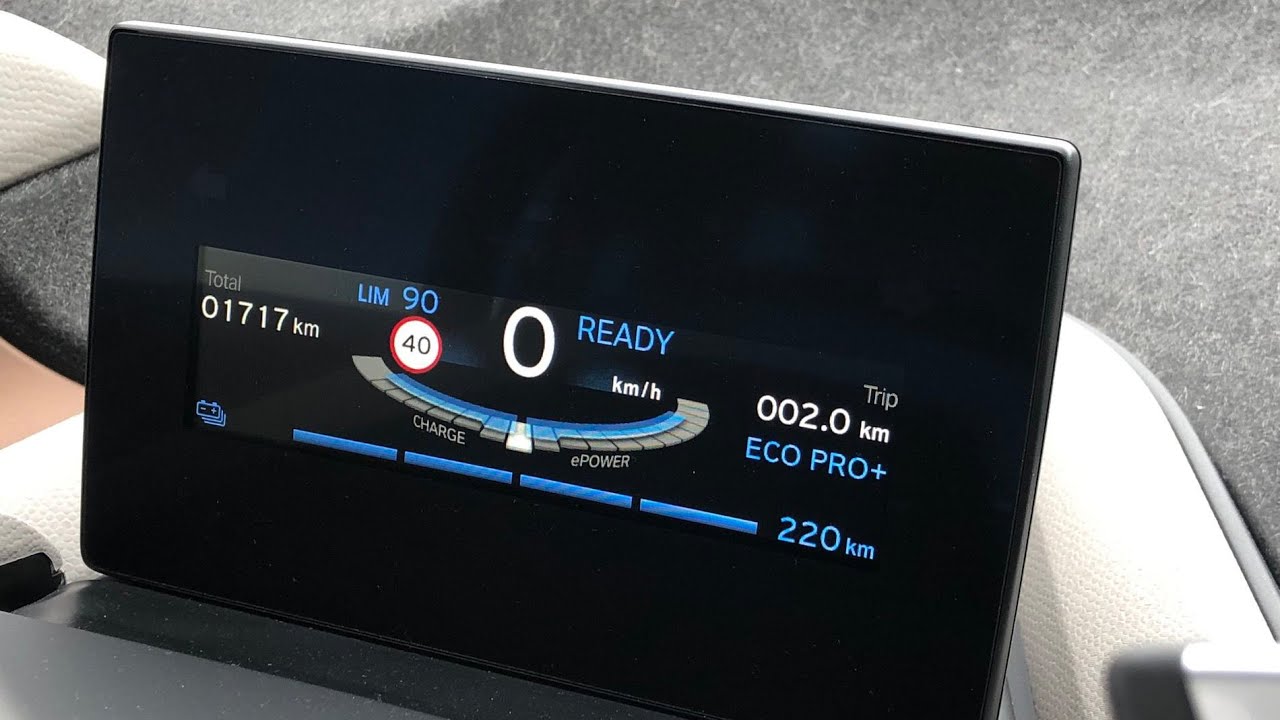There are other stories like this but I figured I'd document my experience here.
All my tracking data on my car suggested my HV Traction Battery was below 70% capacity, including: Batt Kapa max hovering at 13.0 kWh and the Electrified app showing 67% SOH. The GOM indicated a range at full charge to be in the 45-55 mile range. Link to tracking data here:https://www.mybmwi3.com/forum/viewtopic.php?f=11&t=17163&p=68608#p68608
I took it to the local dealer and asked for them to check the battery capacity. They said there'd be a $130 diagnostic fee, which I pushed back on because it didn't sound like a capacity check and because @tezarc helpfully shared their story and invoice here:
https://www.mybmwi3.com/forum/viewtopic.php?f=10&t=17400&p=68984#p68984
While discussing with the advisor, it became clear that they were not aware of the 8yr warranty on the HV battery and once they found evidence of it, they found BMW's guidelines on performing a capacity check. They were kind enough that they offered to waive the fee for the test due to the confusion.
Two and a half business days later, I heard that my car passed with a 73% (a solid C-)!
When I picked the car up, I found some changes. They had to upgrade the car's software to perform the test and sure enough, my GOM range, Batt Kappa Max and Electrified app values changed. Also, some of my "coded" values in the car reverted to stock.
Batt. Kapa Max:
Before: 13.0 kWh
After: 15.4 kWh... Based on one data point.
Vehicle Software (i-step):
Before: I001-17-11-543
After: I001-21-03-530
Electrified app results:
Capacity
Before: 40.8Ah
After: 48.2Ah
SOH %:
Before: 67%
After: 80%
SOC HV % Upper Bound:
Before: 65.9%
After: 77.9%
SOC HV % Lower bound stayed at 8%
Overall, I am pleased with the extra capacity. I am especially pleased that they discounted the $400 labor charge to zero. I will keep tracking my capacity data and report back as things progress. I'm not sure whether to hope that it drops from here or stays consistent.
All my tracking data on my car suggested my HV Traction Battery was below 70% capacity, including: Batt Kapa max hovering at 13.0 kWh and the Electrified app showing 67% SOH. The GOM indicated a range at full charge to be in the 45-55 mile range. Link to tracking data here:https://www.mybmwi3.com/forum/viewtopic.php?f=11&t=17163&p=68608#p68608
I took it to the local dealer and asked for them to check the battery capacity. They said there'd be a $130 diagnostic fee, which I pushed back on because it didn't sound like a capacity check and because @tezarc helpfully shared their story and invoice here:
https://www.mybmwi3.com/forum/viewtopic.php?f=10&t=17400&p=68984#p68984
While discussing with the advisor, it became clear that they were not aware of the 8yr warranty on the HV battery and once they found evidence of it, they found BMW's guidelines on performing a capacity check. They were kind enough that they offered to waive the fee for the test due to the confusion.
Two and a half business days later, I heard that my car passed with a 73% (a solid C-)!
When I picked the car up, I found some changes. They had to upgrade the car's software to perform the test and sure enough, my GOM range, Batt Kappa Max and Electrified app values changed. Also, some of my "coded" values in the car reverted to stock.
Batt. Kapa Max:
Before: 13.0 kWh
After: 15.4 kWh... Based on one data point.
Vehicle Software (i-step):
Before: I001-17-11-543
After: I001-21-03-530
Electrified app results:
Capacity
Before: 40.8Ah
After: 48.2Ah
SOH %:
Before: 67%
After: 80%
SOC HV % Upper Bound:
Before: 65.9%
After: 77.9%
SOC HV % Lower bound stayed at 8%
Overall, I am pleased with the extra capacity. I am especially pleased that they discounted the $400 labor charge to zero. I will keep tracking my capacity data and report back as things progress. I'm not sure whether to hope that it drops from here or stays consistent.


